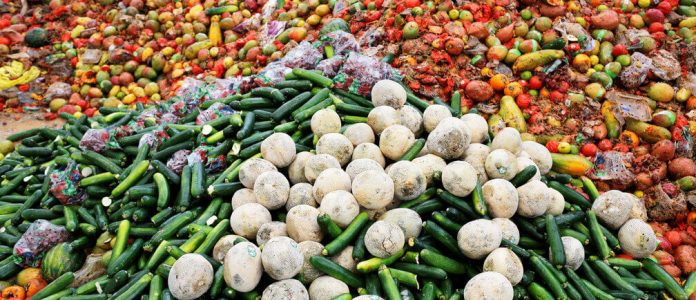By Roberto Ridolfi & Olivier Dubois
In our fight against global warming, energy efficiency is the low-hanging fruit of cutting carbon emissions. It reduces the need to produce more energy and is quick, easy and inexpensive. The goal of ending global hunger by the UN’s target of 2030 must also start with efficiency. That means reducing food waste, which can only happen with refrigerated storage.
n developing countries, 40% of food loss occurs after harvest and early in the supply chain. This translates to more than $310 billion of food waste and loss annually – mostly because of inadequate refrigeration and unreliable and expensive energy supply. Food loss affects producers, reducing their income by at least 15%, and consumers. At the same time, food waste is the third-largest emitter of CO2 globally.
In rural areas of Sub-Saharan Africa and developing Asia, where the electricity grid does not reach or does not work, access to energy – especially decentralized renewable solutions such as solar and hydro-powered mini-grids – is fundamental. Our analysis shows significant productivity increases and food loss decreases if adequate access to energy is provided to rural communities. Read more…



